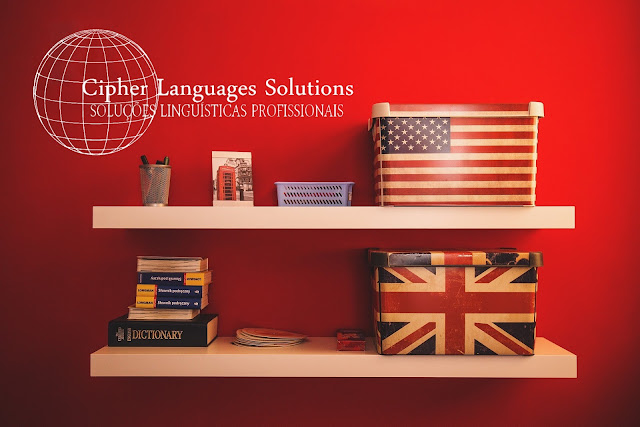Inglês – aula 6: there is and there are
There is e there are equivalem em português ao
verbo haver com sentido de existir. Entretanto, é necessário lembrar que no
Brasil é mais comum que as pessoas substituam o verbo haver pelo ter ao fazer
referência a existência (não vamos entrar nos detalhes quanto ao certo ou
errado perante a gramática normativa brasileira, privilegiando o uso do
cotidiano com o intuito de facilitar a compreensão), o que em inglês não
acontece, devido a isso, alguns falantes de inglês brasileiros se confundem com
relação ao uso das expressões there is, there are e o verbo to have.
O
uso dessas expressões é bem simples, basicamente, there is é utilizado para descrever situações de existência no
singular e there are é utilizado
para descrever situações de existência no plural.
Ao
usá-las na forma negativa, usa-se there
isn’t (contração de there is not)
e there aren’t (contração de there are not). Na forma interrogativa,
usa-se: Is there? e Are there?.
Examples (Exemplos):
- There is someone at the door. (Há “tem” alguém à porta.)
- There are three cars parked in front of the yellow house. (Há “tem” três carros estacionados em frente à casa amarela.)
- Is there anything to eat? (Há “tem” algo para comer?)
- Are there students in the school? (Há “tem” alunos na escola?)
- There isn’t anyone in the store. (Não há “tem” ninguém na loja.)
- There aren’t many people in this town. (Não há “tem” muitas pessoas nesta cidade.)
Verb (Verbo)
|
To need (Precisar)
|
|
|
I
|
need
|
|
You
|
need
|
|
He
|
needs
|
|
She
|
needs
|
|
It
|
needs
|
|
We
|
need
|
|
You
|
need
|
|
They
|
need
|
Vocabulary (Vocabulário)
Para contextualizar o que estudamos até agora na aula 6,
vejamos algumas palavras importantes.
Professions
(Profissões): teacher (professor/a); doctor (médico/a); nurse (enfermeiro/a); lawyer
(advogado/a); police officer (policial); firefighter (bombeiro/a); journalist
(jornalista); waiter (m), waitress (f) (garçom/gaçonete); salesman (m),
saleswoman (f) (vendedor/a); dentist (dentista); veterinary (veterinário/a); architect
(arquiteto/a); engineer (engenheiro/a); electritian (eletricista); bricklayer
(pedreiro);
Months of the year (Os meses do ano): january (janeiro); february (fevereiro); march (março);
april (abril); may (maio); june (junho); july (julho); august (agosto);
september (setembro); october (outubro); november (novembro); december
(dezembro).
Important dates (Datas importantes): birthday (aniversário); birthdate (data de nascimento); holyday
(feriado).
What to say (O que dizer): What do you do? (O que
você faz?); What is your occupation (Qual é sua profissão / ocupação).
Read the text below (Leia o texto abaixo)
Vejamos tudo o que foi aprendido dentro de um contexto.
At the supermarket
Jane: Honey, you need to
go to the doctor this afternoon.
Brian: Yeah, I know, but
before that, I need to finish our lunch.
Brian: We don’t have all
the ingredients for the pie.
Brian: Look at the
fridge to see if we have these ingredients.
Jane: Ok, I’m here.
Brian: Are there
tomatoes?
Jane: No, there aren’t.
Brian: Is there any
cheese?
Jane: Yes, there is a
little piece of cheese.
Brian: Are there
carrots?
Jane: Yes, there are
many carrots.
Brian: Are there potatoes?
Jane: Yes, there are.
Brian: Is there any
milk?
Jane: No, there isn’t
any milk.
Brian: Now we have our
list.
Brian: I go to the
supermarket to buy the things we need.
Jane: Ok, I need to stay
because the plumber is coming to fix the kitchen sink.
Brian: Bye.
Jane: Bye, bye.
Parabéns, aula
terminada. Clique no link abaixo para praticar o conteúdo aprendido:







Comments
Post a Comment